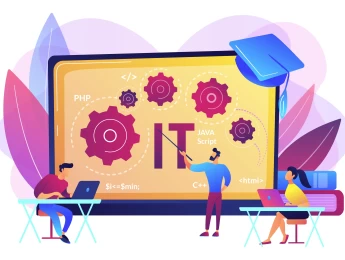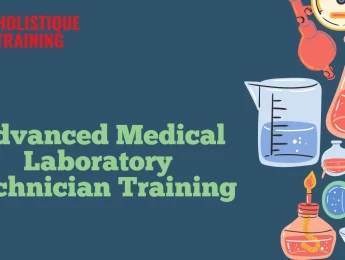Efficiency is key to any successful business. Slow, time-consuming procedures can lead to more mistakes and a lack of uniformity. A lack of productivity can also demotivate your employees and may negatively affect your profits if you can’t make enough products to satisfy your customers.
Process simplification is a technique that allows employers to review their current processes and procedures and make positive changes to remove unnecessary steps. These changes can achieve the same or even more positive outcomes while removing time-consuming elements.
Reviewing each product's journey and understanding any risk areas is important. Then, prioritise each stage to gain the most benefit. LEAN process management allows you to make the most of each stage of the journey, allowing for the best time management, productivity, and, ultimately, the most profit from the same materials and workforce.
This course will allow you to delve into your processes to understand their inner workings and problem areas better. You’ll examine the customer journey and what they want from your business, and you'll understand the most productive and budget-friendly method to grow your business and earn the best reputation as a business and employer.
Upon completion of this course, participants will be able to:
- Understand your processes and procedures in more depth.
- Motivate your workforce to be more productive.
- Review each of your processes to determine the most productive methods.
- Understand your risk areas and create contingency methods to avoid longer disaster repairs.
- Implement LEAN methodology into your processes.
- Create a productivity culture that relies on the constant review of processes.
- Understand what your customers want from your company and work towards the fastest way to give them what they need.
- Develop clear process documents and guidelines to keep your processes tight.
- Explain how simplifying procedures could benefit your business using accurate data.
- Create a project plan and implement changes in a systematic and beneficial way.
This course is designed for anyone responsible for project management or the rollout of new processes and procedures. It would be most beneficial for:
- Business Owners
- Operations Managers
- Project Managers
- Planning Managers
- Change & Control Managers
- Auditors
- Risk Assessors
- Front Line Customer Service
- IT Professionals, HR Professionals
This course uses various adult learning methods to aid full understanding and comprehension. Participants will review the benefits of process simplification and how it can affect all business areas. They will then be presented with various techniques and tools to enable the simplification process.
Group discussions will be held to determine problem areas in each business and to discuss the risks of change and simplification. Each process will be laid out in a step-by-step journey map, and the groups will work together to see the bigger picture and decide on simplification methods that could work for each business.
Finally, each team will return to its original process and plan to simplify the journey, stating its priorities for the change project, the potential costs involved, and the benefits of the change.
Day 5 of each course is reserved for a Q&A session, which may occur off-site. For 10-day courses, this also applies to day 10
Section 1: The Business Needs
- Why a business needs documented procedures.
- Accurate record keeping.
- The benefits of change.
- Writing policies and procedures.
- A policy purpose and content.
- Communicating change.
Section 2: Designing Projects & Procedures
- Journey mapping to determine priorities.
- Preparing a document management system.
- Designing your procedures.
- Helping others to understand your purpose.
Section 3: Documentation, Auditing & Risk Assessments
- Working with ISO9001.
- Writing out instructions with purpose.
- Palin English standards.
- Using forms, tags, and labels to stay on track.
- Flowcharts and assessments.
Section 4: Simplification Techniques
- LEAN methodology.
- 80/20 methods.
- SWOT analysis.
- Document lifecycle management.
Section 5: Planning & Development
- Process mapping.
- Customer journey mapping.
- Budgeting.
- Value-added maps.
- Gantt charts
- Gaining approval and management support.
Section 6: Automation
- System changes.
- Finding the right systems to improve your processes.
- Cost-benefit analysis.
- Development opportunities.
- Review your competitors.
Section 7: Review & Restructure
- Reviewing procedures.
- Gathering data.
- Surveys and feedback.
- Determining the benefit of your simplification method.
- Continuous improvement matrix.
- Next steps for your business.
Upon successful completion of this training course, delegates will be awarded a Holistique Training Certificate of Completion. For those who attend and complete the online training course, a Holistique Training e-Certificate will be provided.
Holistique Training Certificates are accredited by the British Assessment Council (BAC) and The CPD Certification Service (CPD), and are certified under ISO 9001, ISO 21001, and ISO 29993 standards.
CPD credits for this course are granted by our Certificates and will be reflected on the Holistique Training Certificate of Completion. In accordance with the standards of The CPD Certification Service, one CPD credit is awarded per hour of course attendance. A maximum of 50 CPD credits can be claimed for any single course we currently offer.
- Course Code MG2-138
- Course Format Classroom, Online,
- Duration 5 days













